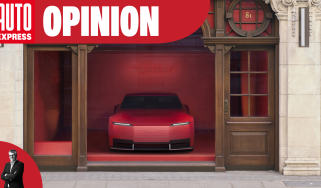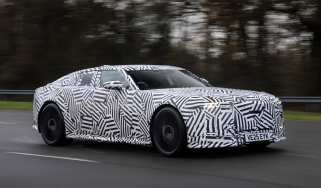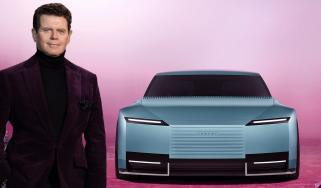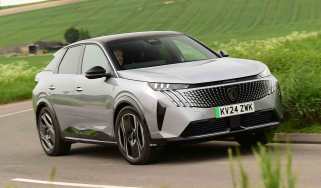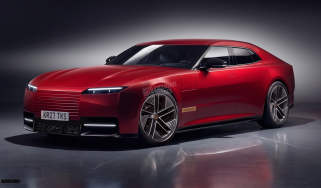JLR is moving in the opposite direction to VW-Audi and Hyundai-Kia, and that’s not a good thing
Instead of following the successful business model adopted by VW-Audi, Toyota-Lexus and Hyundai-Kia, Mike Rutherford thinks JLR is moving in the opposite direction

UK car-manufacturing numbers fell through the floor in the last month or so. In June, the 27-per cent plunge (vs June ’23) was debilitating and, frankly, unsustainable for the British automotive business.
But the disappointing numbers are explained away by the Society of Motor Manufacturers and Traders. All this was “expected” and “caused by multiple model changes” as “factories repurpose,” it stated. Also, don’t forget: “Manufacturers are retooling production lines to make electrified models.”
Fair enough. But everything from model changes to retooling and repurposing in the short term aren’t the major, long-term problems. Bigger dilemmas by far go like this: we have to accept and deal with the fact that the usual suspects – Japan, Germany, South Korea, Spain, USA and France, in that order – already build more cars than us and will almost certainly continue to do so. But more importantly, the huge, comparatively new kids on the block – China in particular, but India too – are also giving us a comprehensive kicking on the car-production front. As are Brazil, the Czech Republic, Indonesia and Slovakia. And the unlikeliest of suspects – Iran and Turkey – are beating Blighty, too.
Putting China and India aside, I consider Germany, Japan and South Korea among the most respected, successful, established and tried and tested car producers. The priority for their domestic makers is mass production of non-premium and premium cars. Why? Because that’s where hundreds of thousands of jobs, tens of millions of sales, and billions of profits come from.
Much, much further down their priority list is making and selling a tiny handful of luxury cars. Why? Because very few of the public can afford such models. True, the high profit margins might be tempting. But as Volkswagen-Audi, Toyota-Lexus and Hyundai-Kia show, it makes far more sense to produce millions of cars that rake in small to medium profits per unit than it does to build a few thousand luxury models that are highly profitable.
But instead of following the consistently successful business model adopted by these world-beating duos, the closest thing Britain has to a home-grown pair (Jaguar Land Rover) is moving in the opposite direction. Currently, it’s a small outfit on the global stage. A realistic aim would be to crank up production and become medium-sized. Far more ambitious and considerably harder to establish would be to win entry into the sort of ‘large and loud’ territory that the Seoul brothers – Hyundai-Kia – have somehow managed to occupy. But if they can do it, why can’t the Jag-Land Rover sister act?
Instead, the separate but connected Jaguar and Range Rover brands are going further and further down the luxury-car route. Inevitably, this means JLR will build fewer cars, which in turn means that Britain will sink even further down the table of car-producing nations. Last year, we produced around half as many cars as half a decade earlier. By the end of 2024, and despite the alleged ramping up of electric car production, I estimate that annual output here will be lower than in 2023. And we know one of the main reasons, don’t we?
Do you agree with Mike? Let us know your thoughts in the comments section...
Find a car with the experts


